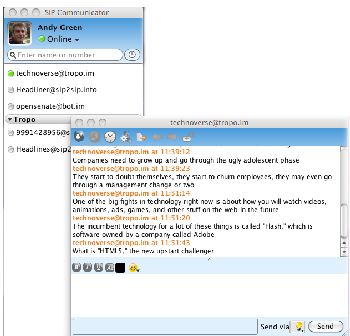Congress announced on Monday that they will start the process of revising the Telecommunications Act of 1996. The key committee players (Sen. Jay Rockefeller, Sen. John Kerry, Rep. Henry Waxman, and Rep. John Boucher) will bring together “stakeholders” in a “series of bi-partisan, issue focused meetings beginning in June.”
As you may vaguely remember, the ’96 legislation was intended to spur innovation and competition by forcing the incumbents to unbundle parts of their networks and make them available to competitive carriers at wholesales prices.
The incumbents resisted mightily both in the trenches and in the courts, and the competitive carriers that have survived to this day are just holding on.
There is a big difference this time around as Congress rolls out 2.0 of the Act. Continue reading






